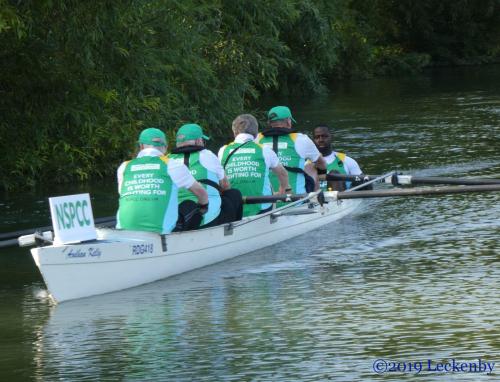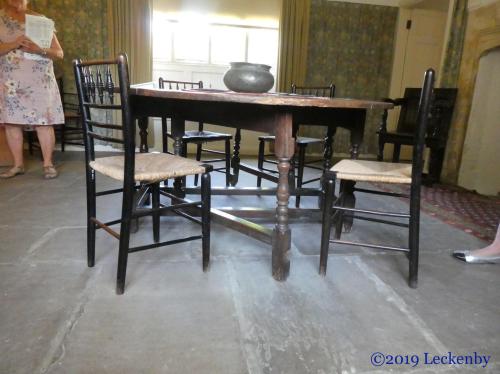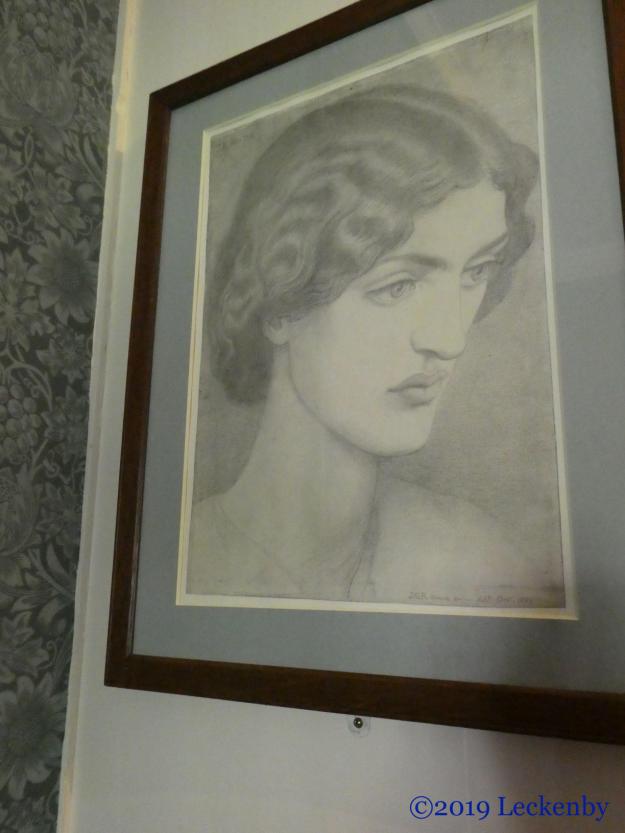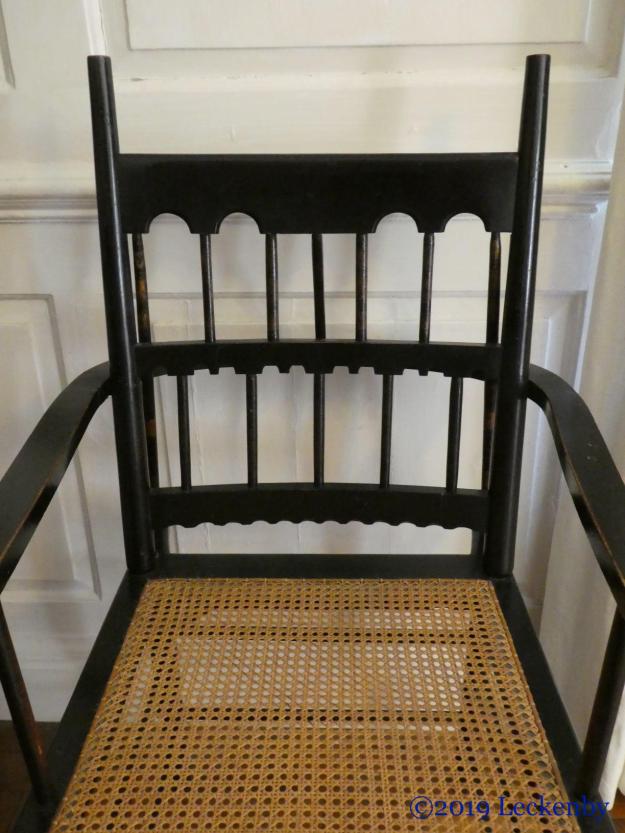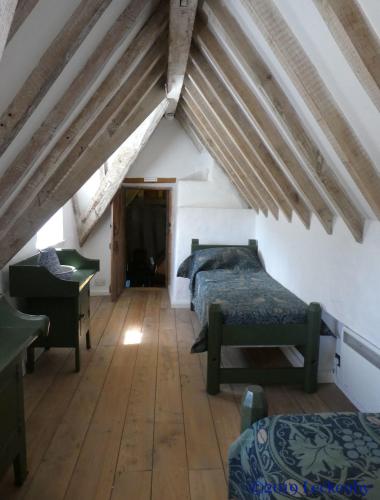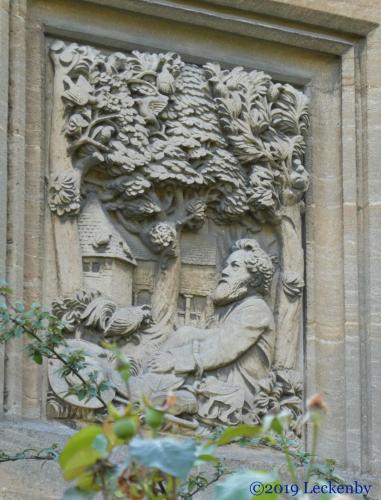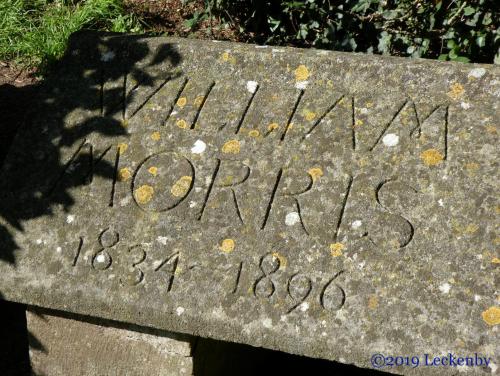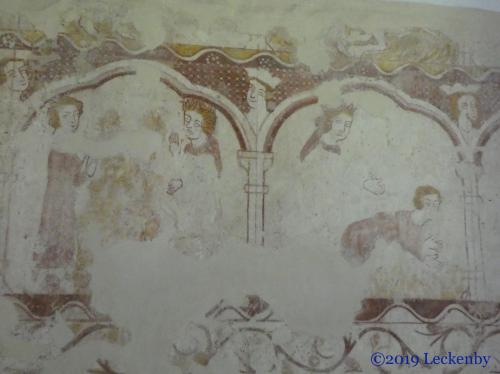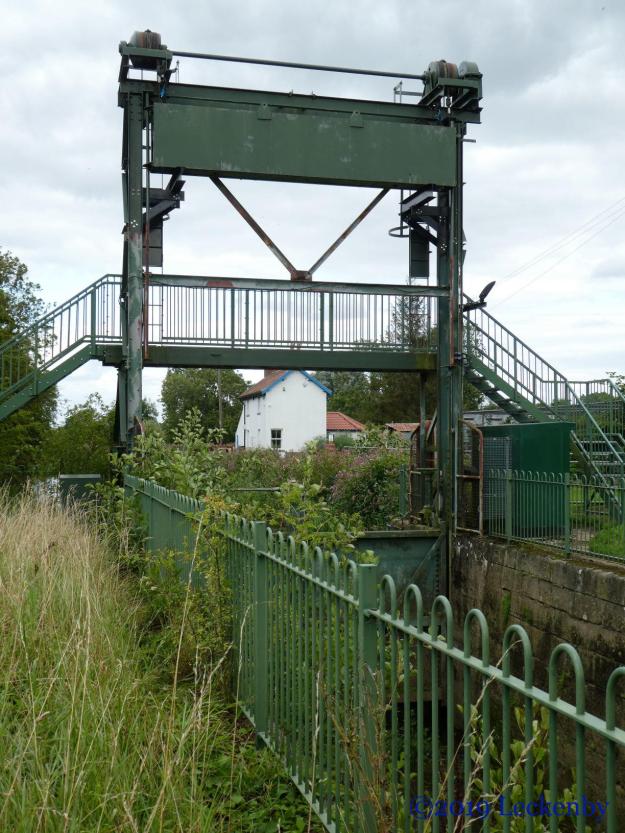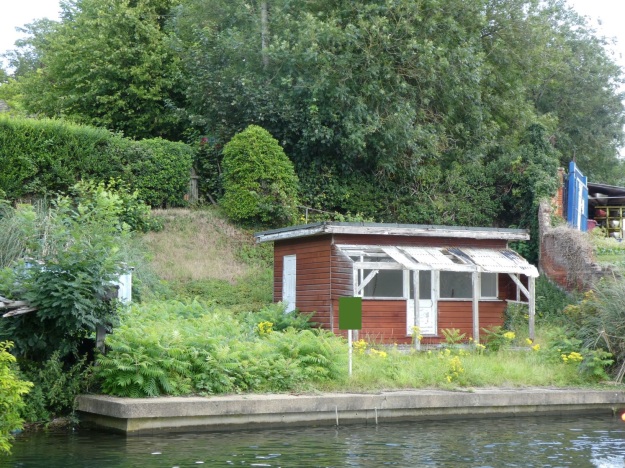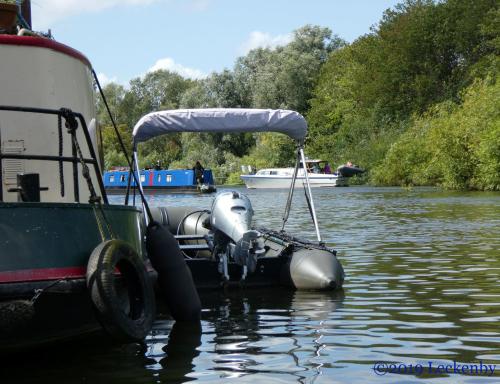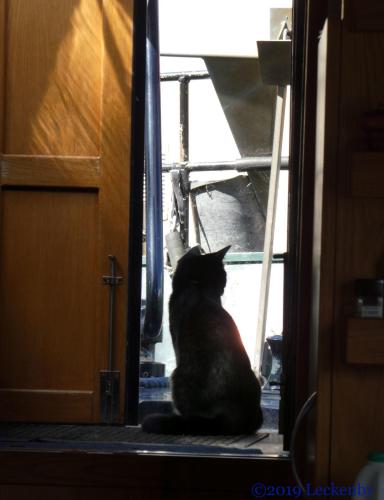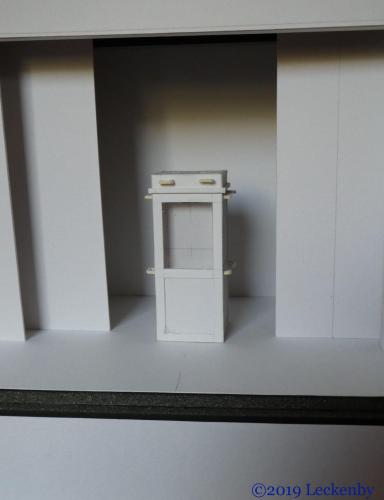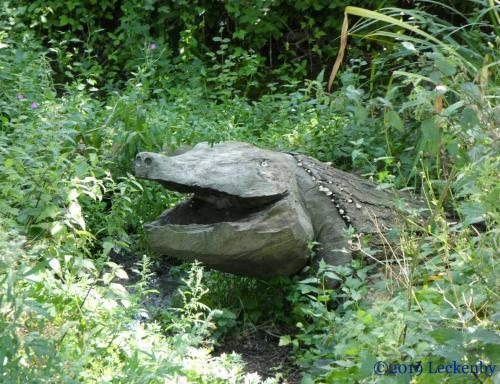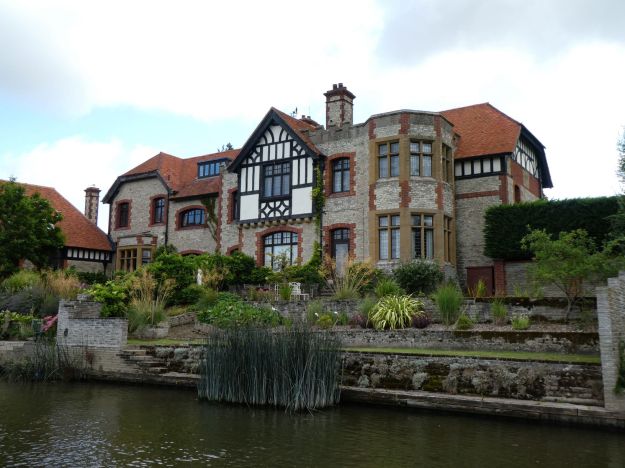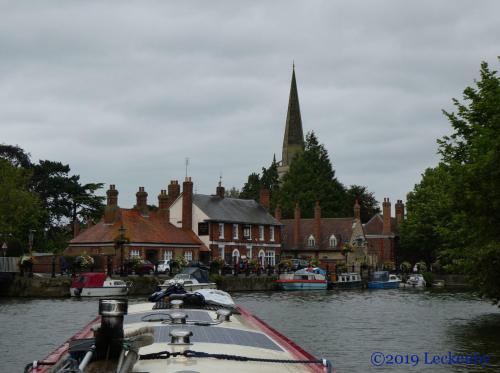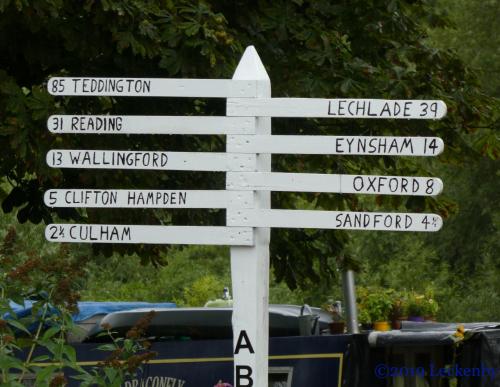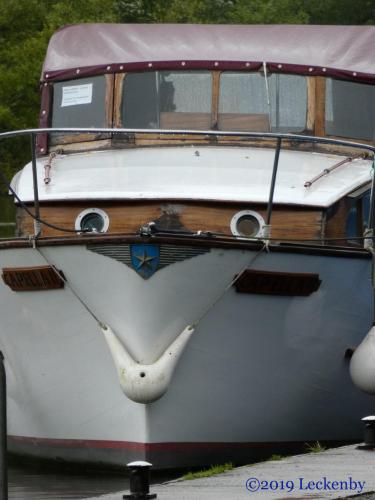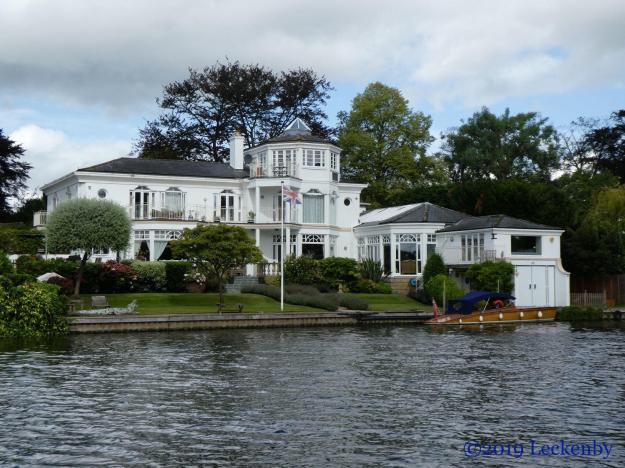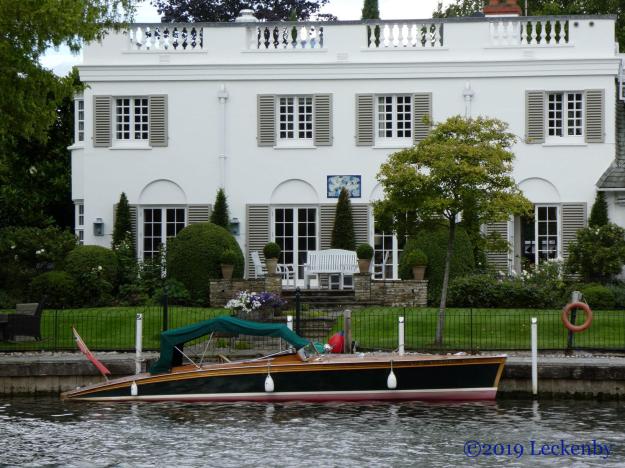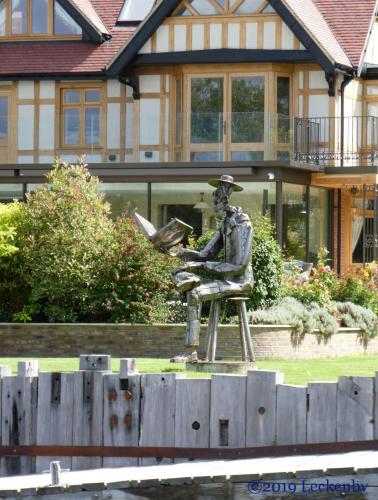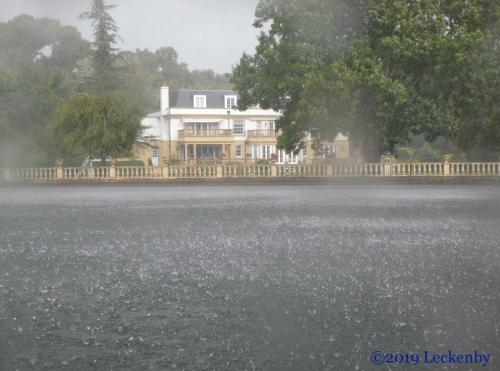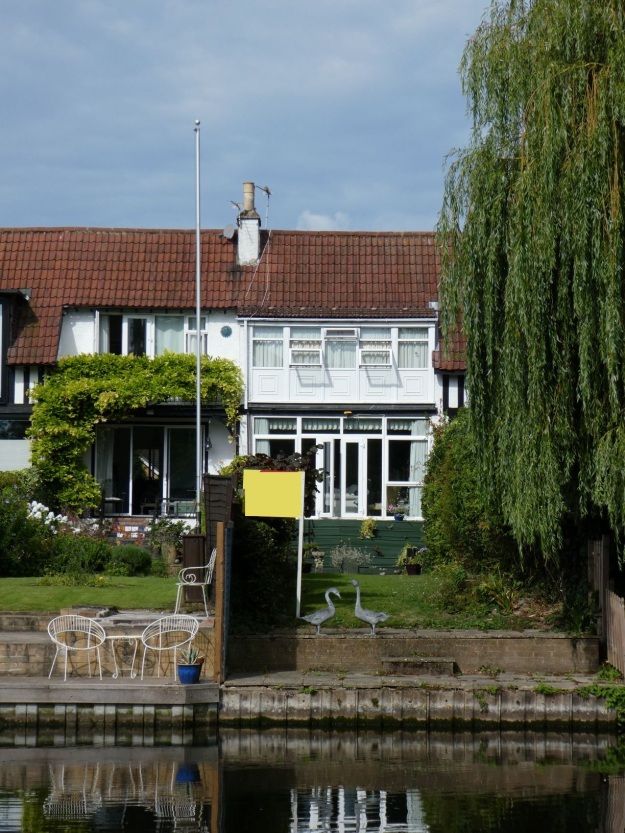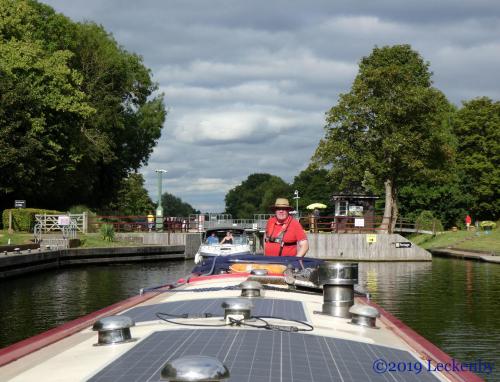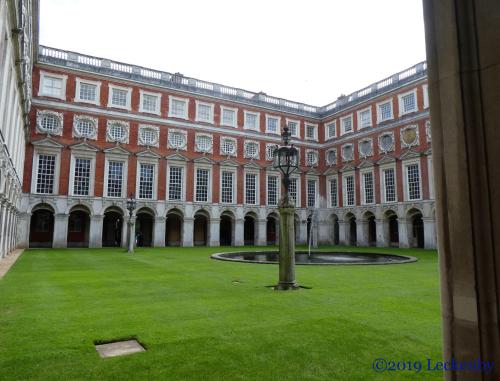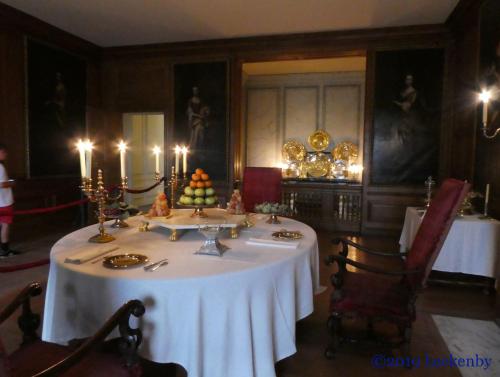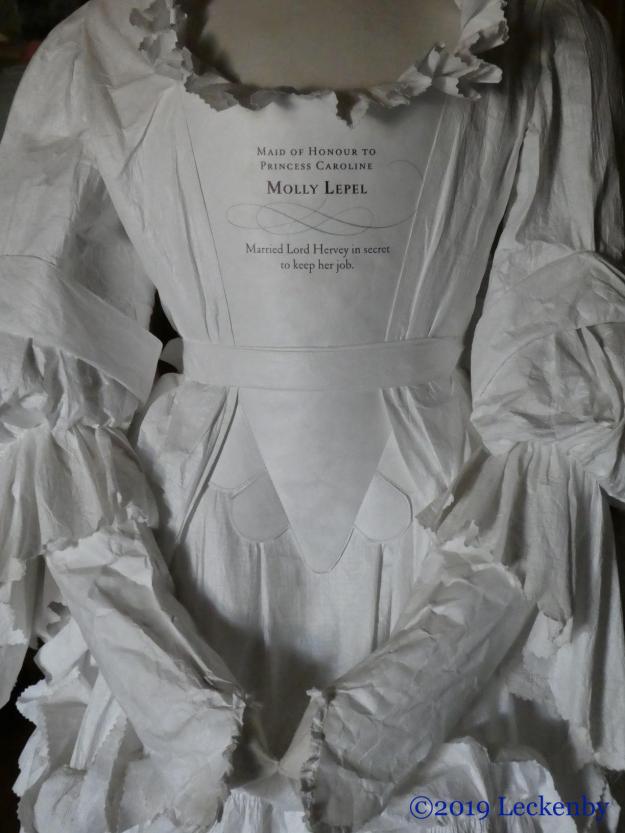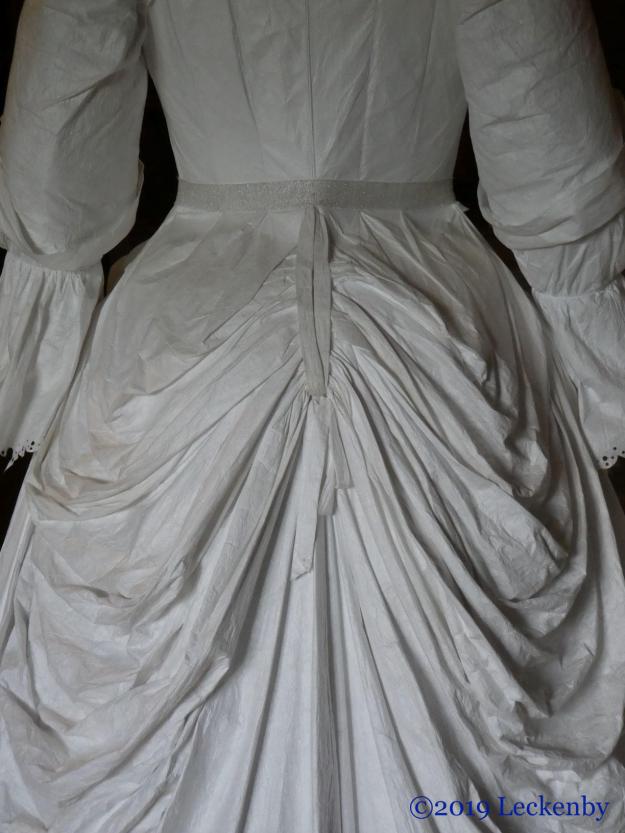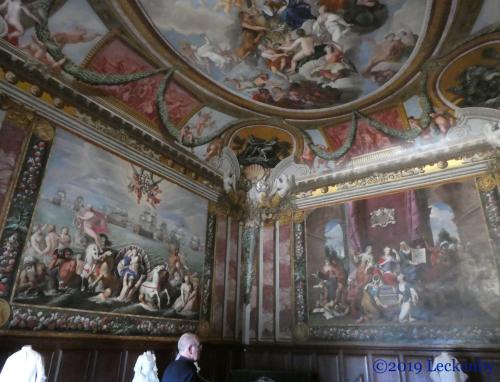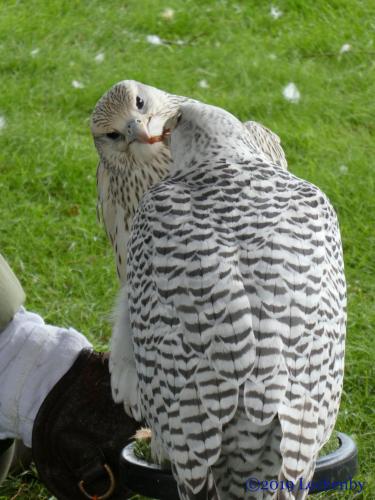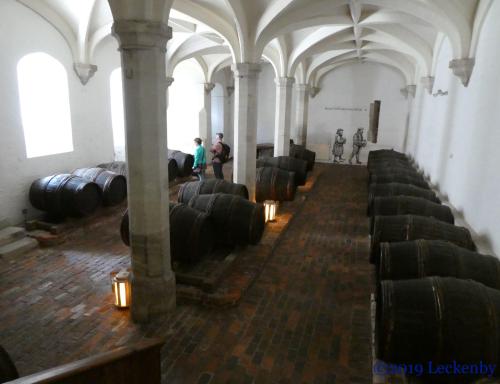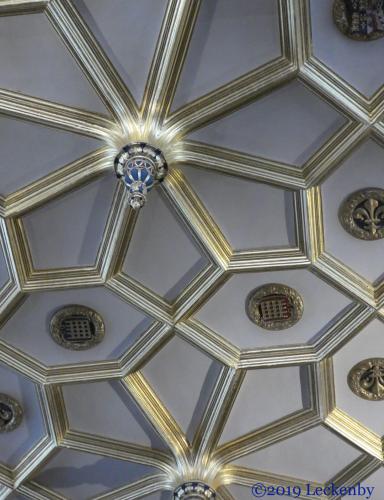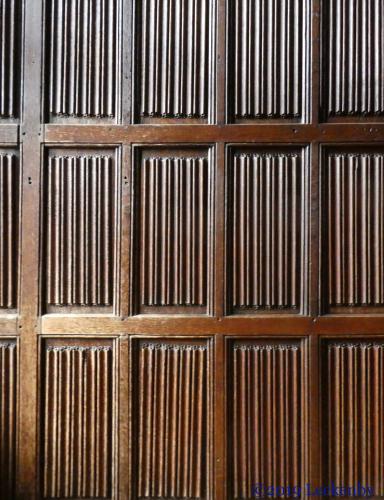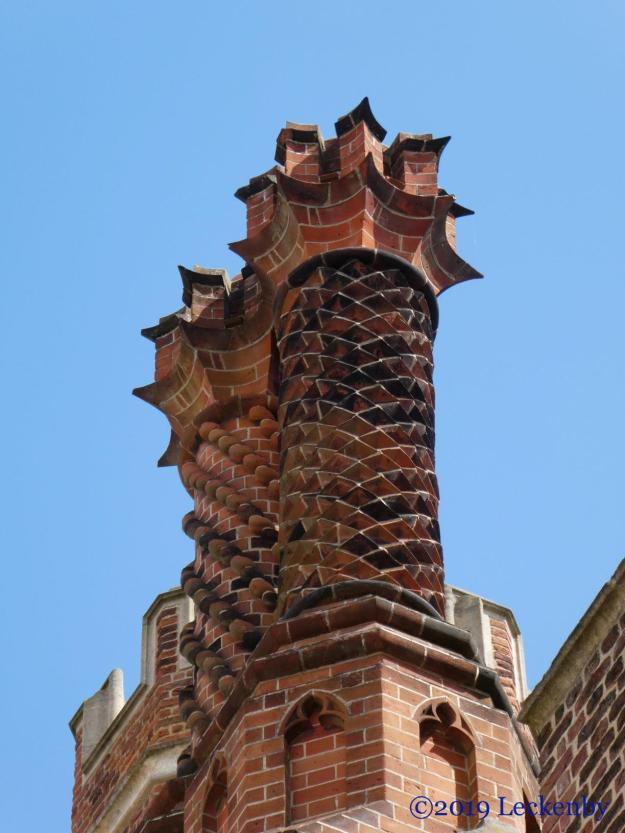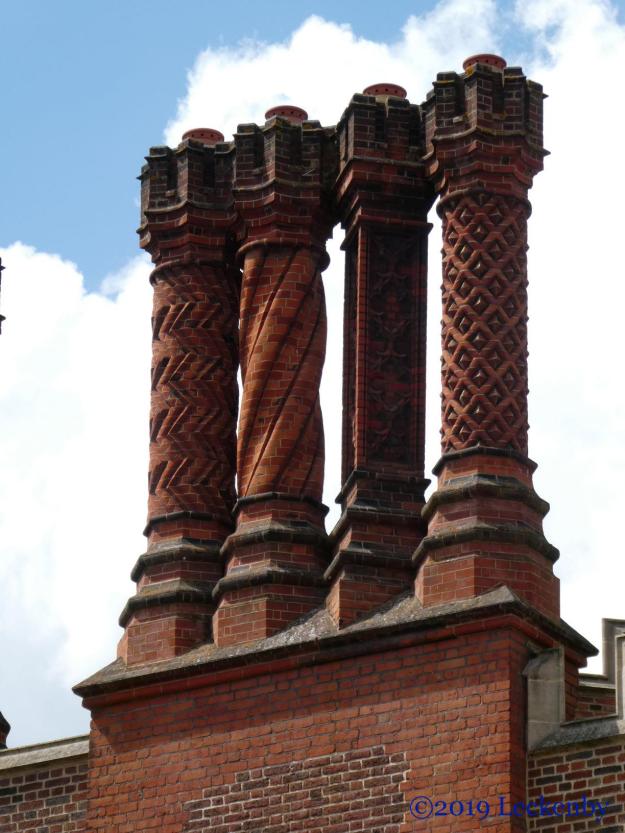Beale Park

The ‘Next Time’ list got a little bit shorter today. After a leisurely cuppa in bed followed by a sausage sarnie ( those sausages were nice), we walked upstream to find the nearest church, St Bartholomews.

Built in flint with stone dressing in the late 13th Century it is Grade 1 listed and owned by the Churches Conservation Trust. It is a simple building with a brick bell tower that was added later. Surrounding the alter are tiled walls. The church is open daily but the next service isn’t until mid October. We weren’t really here to see the church but to visit the resting place of Jethro Tull.


Jethro Tull was born in Lower Basildon in 1674. His life work was key to major developments in the agricultural revolution which took place in the early 18th Century. He invented the first mechanised seed drill which was horse drawn. Rows of seed could now be cultivated reducing waste and enabling an amount of weed reduction. His innovations didn’t make him a wealthy man and nobody knows exactly where he is buried in the church yard. A modern stone donated in the 1960’s marks that the church yard is his resting place.
From here we walked up the hill, over the railway and along the busy road to the gate houses of Basilson Park, a National Trust property sitting high above the valley now surrounded by trees. We showed our membership cards and got a note to use in the tea rooms for a free cuppa, these are given out if you arrive by public transport, bike or on foot. The walk up to the house is through a thick yew wood which a week ago would have been a wonderful place away from the searing heat. Today kids climbed through the branches pretending they were caught in a maze of lazers.

On the drive we got our first view of the house. A Palladian Mansion, possibly one of the finest in the country. You are directed up one of two curved staircases to the guests entrance. Here a guide introduced us to the house with a quick bit of history. The estate was acquired in 1771 by Francis Sykes who had made his fortune with the East India Company. He commissioned the architect John Carr of York (the founder of my Fathers architectural practice) to build him a splendid mansion with neo-classical interiors.

The Sykes owned the house until 1838 when it passed onto the Morrison family. During WW1 it was used as a convalescence home for officers and in WW2 it was requisitioned first by the Americans for D-Day training and then by the British and used as a prisoner of war camp for the Germans and Italians. The house didn’t fair well during this time. During the 1930’s it’s owner had wanted to sell the house to America, hoping to make a fortune. Doors, fireplaces, mouldings were removed and taken to the States as examples of the craftsmanship to try to entice buyers but the depression put paid to that and the house remained firmly on the hill above Lower Basildon.

In 1952 Lord and Lady Iliffe bought the house and set about restoring it to its former glory. Other John Carr properties were visited at one in Lincolnshire they were able to buy doors, frames, fireplaces etc from the house as it was about to be demolished. Here the detail with which John Carr gave to his buildings meant that fireplaces just slotted in at Basildon and doors didn’t even need new screw holes drilling for the hinges as everything fitted perfectly.

Not many of the rooms are as they would have been back in the 18th Century. In the green drawing room the original ceiling is still there, untouched other than by some water damage from a leaking washing machine above and a fire detector. The walls however have been covered with green damask curtains which were found by Lady Iliffe in a ballroom. You can make out where the fabric used to hang in pleats due to the fading of the cloth.
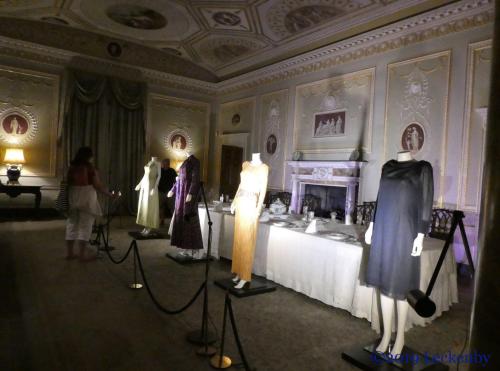
As you enter the dining room columns of faux marble cut off the servants end of the room, large paintings and details on the ceiling look down on a very long dining room table with a fantastic broderie anglaise table cloth. The paintings from the ceiling were one of the elements that ended up in America, the ones there today were painted only a few years ago. They are good but nowhere near as good as they would have been in the original house.

Around the first floor is a collection of dresses from the 1950’s. Two in the entrance hall were made and worn by Lady Iliffe, the others are on loan from the Fashion and Textile Museum. the displays are not as intrusive as we’ve come across at other NT properties, but because of the dresses the curtains in each room are closed and spot lights highlight the clothes. This does mean the lighting is very dramatic, no chance to see outside to the views from each room and details in the rooms are hidden in dim corners. Quite a shame in the Octagonal Room.


Up the stairs to first the Shell Room. Lady Charlotte collected shells, vast quantities of shells. She wasn’t interested in them for scientific reasons, she just loved their shapes. Whilst on holidays she would leave her husband to socialise so that she could be down on the beach collecting shells. Her collection not only sits in display cabinets but also adorns them too.


The Iliffe’s added modern conveniences to the house, heating and plumbing. One bathroom has a wonderfully deep bath which necessitated the door to the room to be altered.

The Crimson Bedroom has 1950’s wallpaper, but central to the room is a very ornate red Georgian bed that Lady Iliffe bought for £100. This was one of their guest bedrooms with a huge vast wardrobe which may at one time have been used by Disraeli.
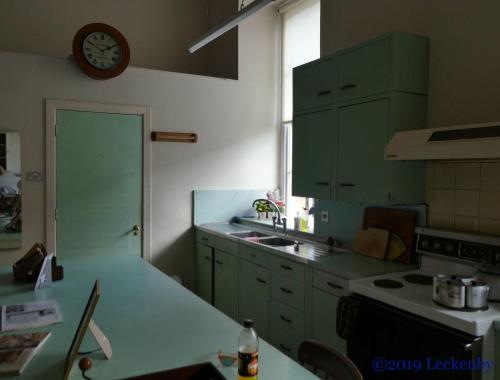
At the top of the family staircase we could smell cooking wafting up from below, so we followed our noses. First into the houses kitchen, decked out with worn 1950’s units. A drawer full of familiar kitchen utensils sat out on the long kitchen table opposite a fake Aga. The aromas hadn’t been coming from here. Down more steps and we reached the ground floor and the tea room.
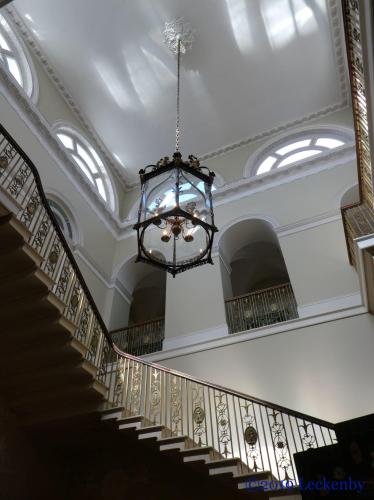
Time for our free cuppas and something to eat. Mick chose a sandwich and a roast veg frittata took my fancy. We handed over our hand written chit for tea and the young lady then asked us for £12! ‘Er don’t we get free tea?’ ‘Oh Yes, £8’.

Quite a few of the tables were occupied, but we found one and put the tray on the table along with our number for food. A waitress said ‘Is that number 13?’ Yes it was. She lifted the number from the tray onto the table to one side, I thought that was a touch too helpful. She then proceeded to pick up our tray. She was clearing it all away before we’d even sat down! ‘Excuse me we’d like to drink our tea and eat our food!’ Oh, right! She did apologise briefly when she came through with my frittatta, which was very tasty.

A look around the gardens, plenty of fushia out and wilting roses. The front lawn looks out across the valley. We tried to work out just where Oleanna might be behind all the trees. Then we made our way back down the hill and across the railway. A permisive track took our fancy so we climbed the style and followed mowed pathways through wooded areas. We guessed we were heading in the right direction, cut across a road and then into more fields.

Oleanna should be just about there, but the path took us this way then back on our selves. Eventually we popped out on the river bank a few hundred feet away from our bow.
It had been a good day and well worth stopping to look round the house, ticking off another John Carr building, but they certainly didn’t want us to have that free cuppa!

0 locks, 0 miles by boat, 5 miles walked, 1 gravestone, 1 Jethro, 1 Carr house, 3 staircases, 18 frocks, 26 preparatory paintings for a tapestry, 2 Japanese lamps, 1 red bed, 5m table cloth, 732579 shells, 2 cups of tea, 1 ham sandwich, 1 frittatta clung onto for dear life, 2 repeats in wallpaper, 1 crumbling balustrade, 3 hours for Tilly, 1 woofers ball.



